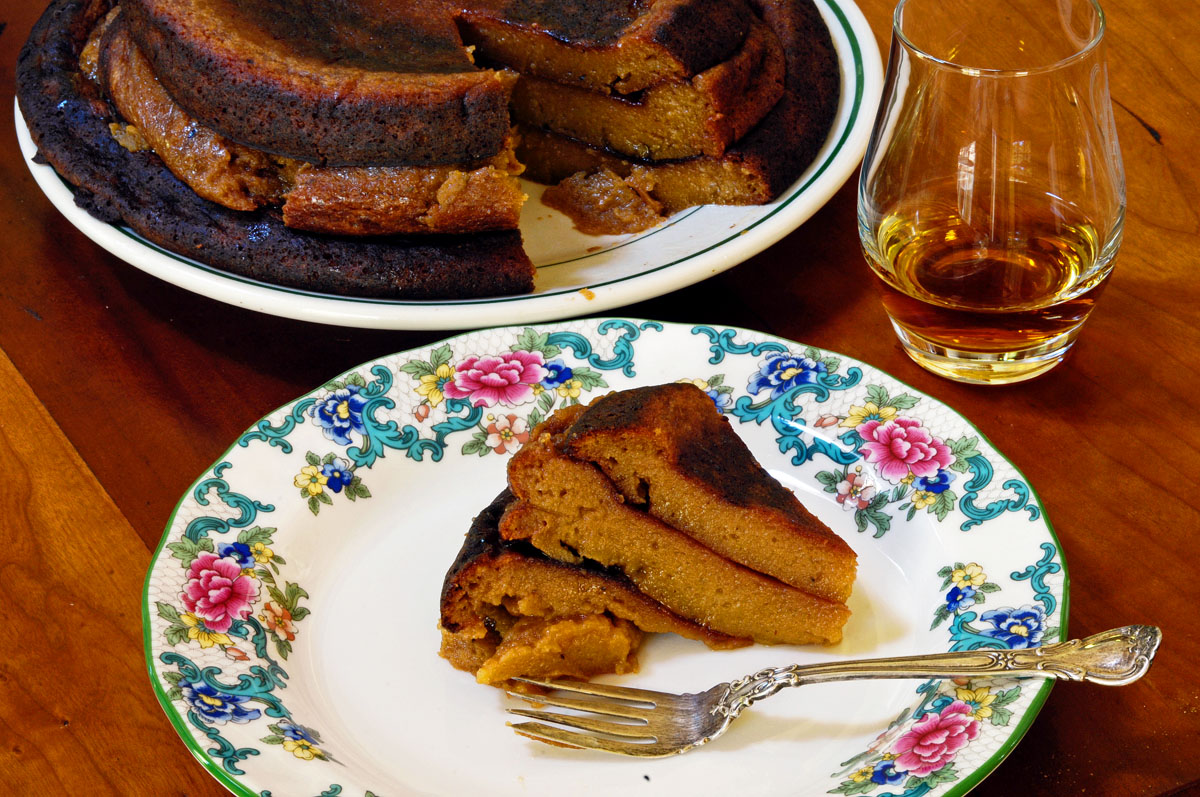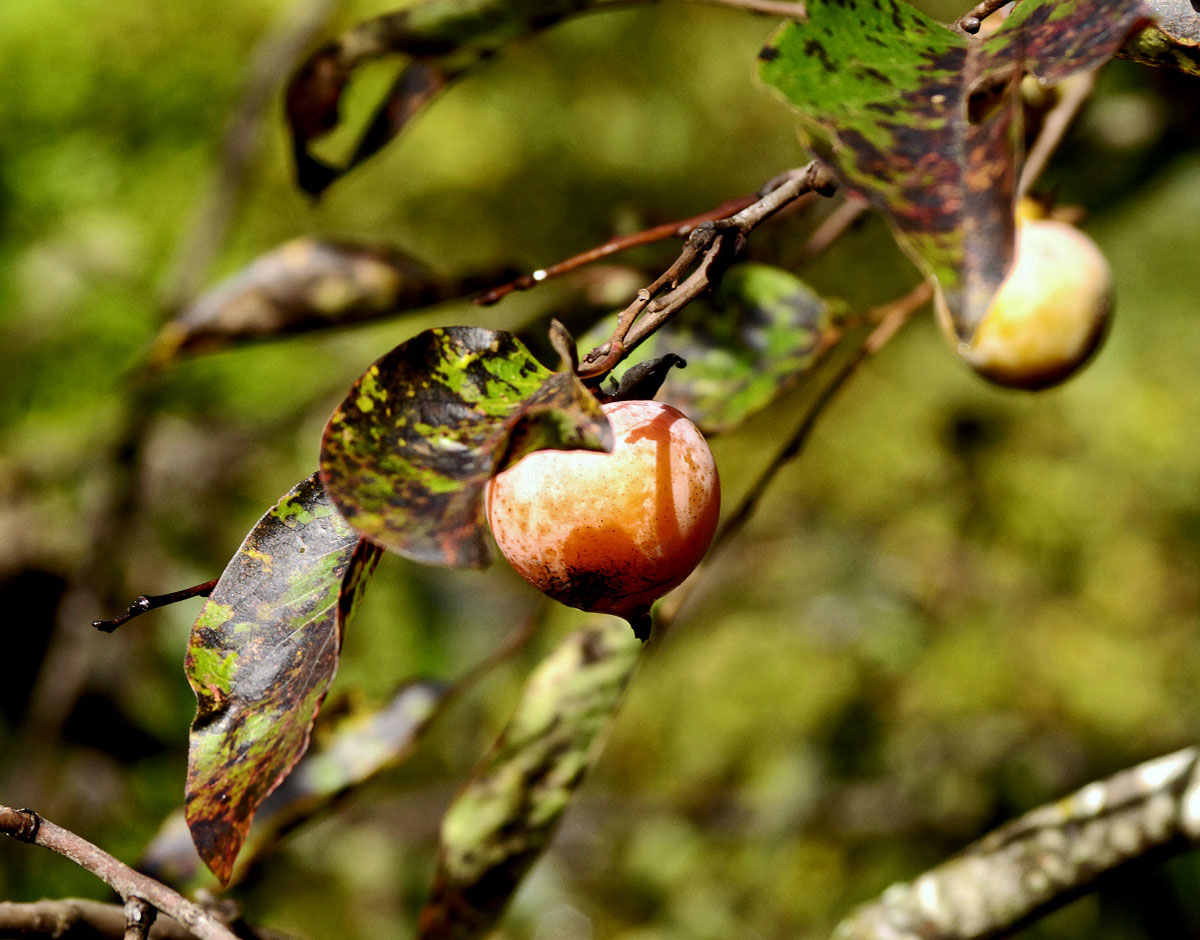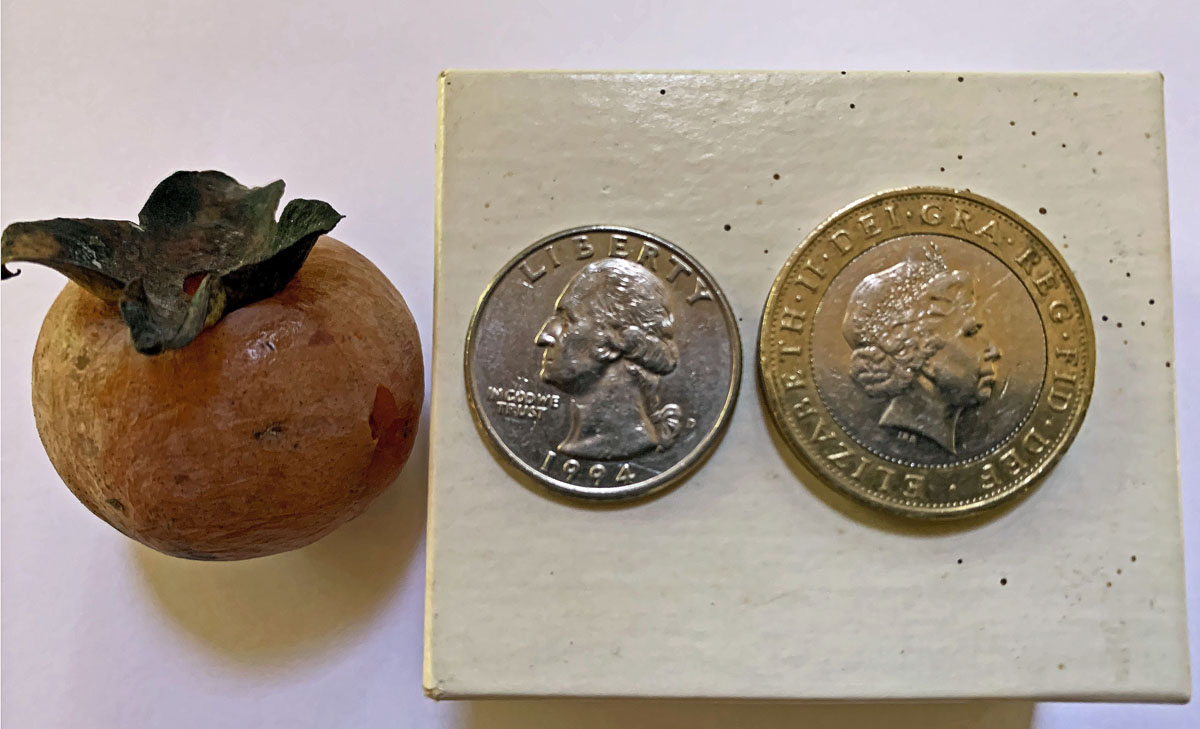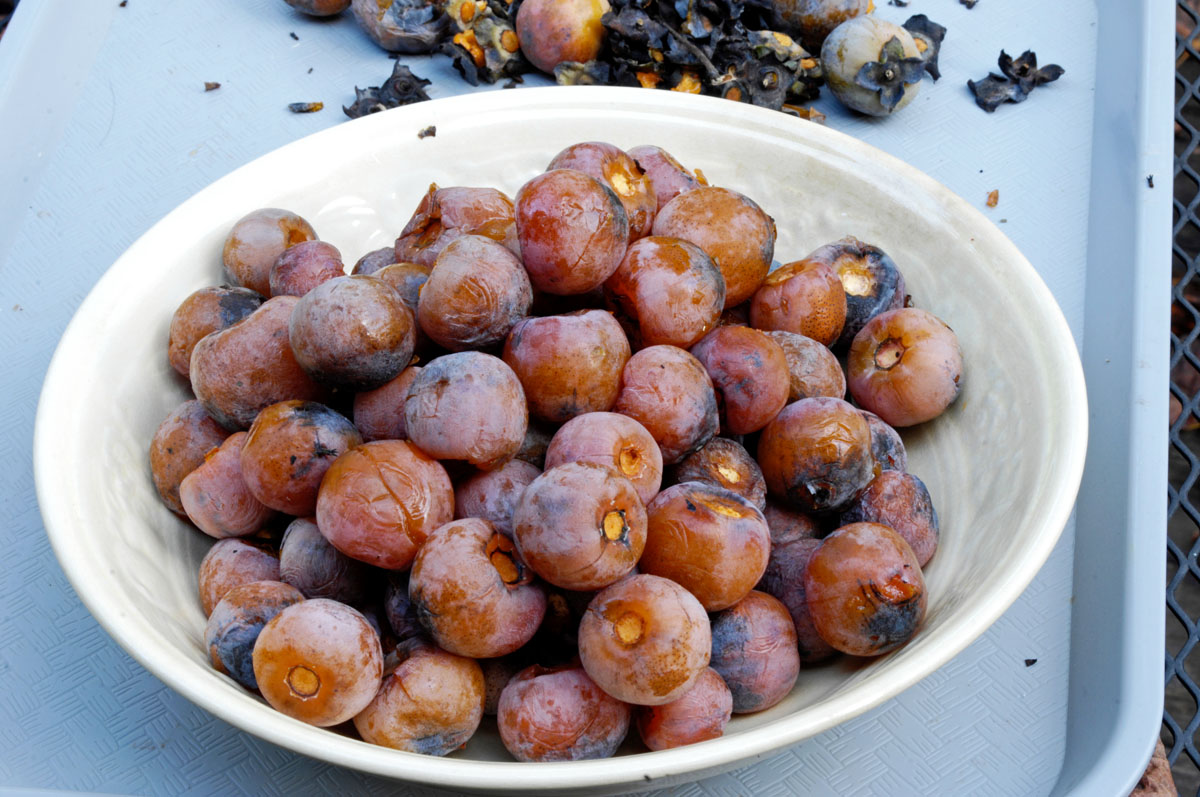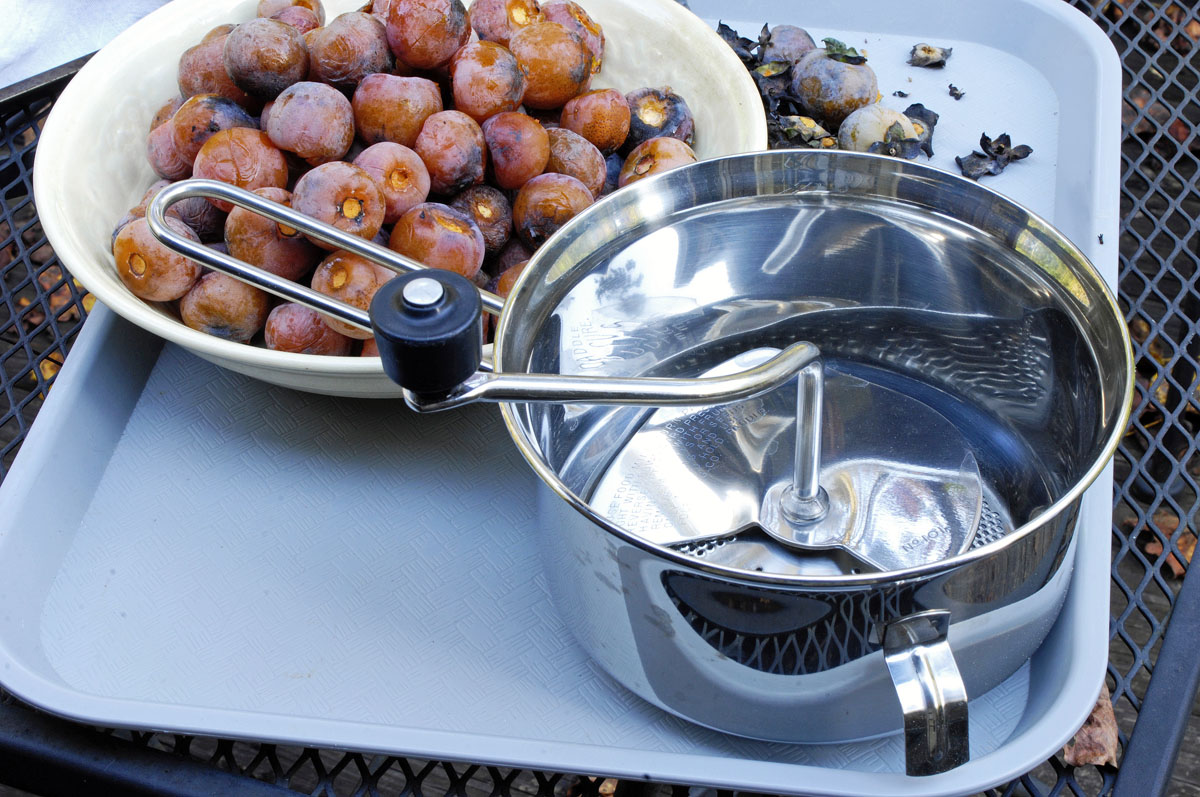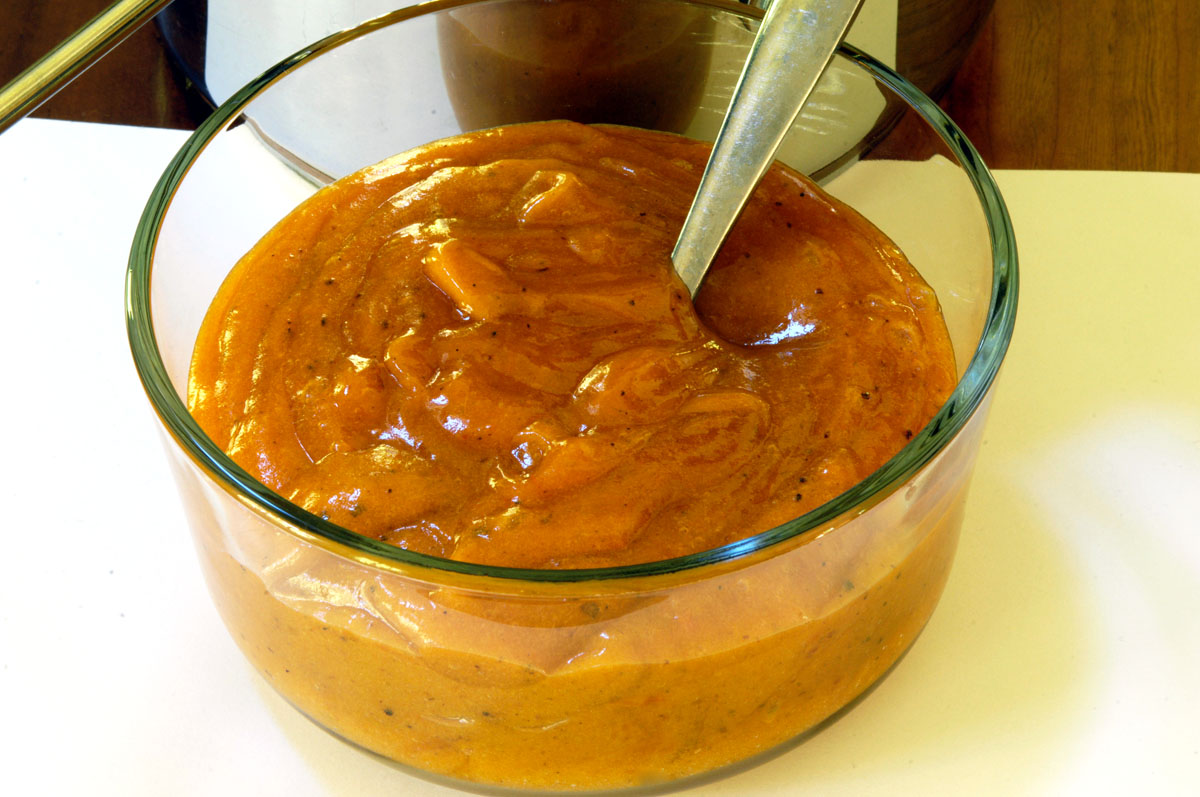
Source: Screen shot from Windy.com, 8 a.m. EDT, Oct. 29, 2020. The remnants of Hurricane Zeta, moving northeast, will pass over Acorn Abbey in a few hours.
Here in the foothills of the Blue Ridge Mountains, we’d be hard pressed to say which time of year is the best. The two choices are pretty clear, though: October or early May. October is the gothic month: cool air, the first frost, dry leaves blowing and rattling, pumpkins, long nights, the first fire in the fireplace, voles stealing insulation to line their nests, insects trying to sneak inside for the winter, soups on the stove, and, finally, Halloween, the most gothic day of the year.
Early voting started in North Carolina on Oct. 15, and I’ve been putting in six-day weeks as a poll observer. I’m taking today off, though, because few people will vote in this heavy rain and heavy wind, and I wanted to stay home and savor such a gothic day.
As a poll observer, I’ve been sitting in a chair near the voter check-in desk, watching hundreds of voters file by in the little suburban town of King, North Carolina — a place with hardly any non-white minorities, but lots of churches and lots and lots of Republicans. I don’t dare make any predictions, after the traumatic election day of 2016. But if this election goes the way I expect it to go — a landslide against the Republican Party and Trump — then the people of King don’t quite know what’s about to hit them. I think they suspect it, because quite a few of them come into the church gymnasium where they’re voting testy and not wearing masks. They find it necessary to smart off with a Republican talking point to a poll worker loud enough to be heard. A few days ago, someone left a pile of chicken bones underneath a Biden-Harris sign out in the electioneering area. Occasionally, insults fly, and petty complaints get filed with the county board of elections. There are rumors — unsubstantiated — about what one of the several militias might do on election day.
I’ve been involved in local politics for going on eight years now. Never before have I seen the Democratic Party so well organized at the state and national level. In 2016, operatives for the Hillary Clinton campaign asked for office space at Democratic headquarters in our little red county, and soon they vanished, the thin staff redeployed to urban areas where there were more votes to be had. But, this year, we have Democratic operatives falling all over us. It seems the word went out months ago that lawyers were needed in swing states such as North Carolina to protect the vote. I’m reporting to a young Harvard lawyer who is responsible for a 10-county district.
These lawyers arrived early (in August), and they have stayed with us. A couple of days ago, one lawyer (a volunteer from Washington state), troubled by the aggressiveness of local Republicans, asked to be reassigned to a different county, because she feared for her safety here. But another lawyer was immediately assigned to take her place. The Democratic Party and these lawyers have built tracking and scheduling systems for poll watching at all 100 North Carolina counties. Normally, as a county-level Democratic operative, I’d make my own decisions about where to be on election day. But this year I’m just a local volunteer in this statewide operation. The cavalry is here.
I’ve also been attending the two weekly meetings of the county board of elections, at which the board members open and approve absentee ballots. During each meeting, a lawyer is assigned to be in touch with me by telephone and text messages. After each meeting, I file a detailed report about how the meeting went and how many absentee ballots were approved (or disapproved, if any). A local Democratic lawyer also is attending most of these meetings.
Republicans are trying like hell to suppress the vote and steal the election in North Carolina, but, from what I’ve seen, they’ll have a very hard time doing it. Just yesterday, the U.S. Supreme Court ruled against efforts by North Carolina Republicans to shorten the window for counting absentee ballots received by mail. Republicans, certainly, are turning out to vote. But Republican efforts to suppress the vote seem to have backfired, as all across the country people are turning out in record numbers to vote early.
I have a four-year-old bottle of champagne left over from Election Day 2016. The bottle was never opened, for obvious reasons. Next week on Nov. 3, it’s going to be chilled and ready. The rain and wind are picking up now. Radar now shows that I’m in a red zone for heavy rain. The brownouts are starting. I’ll probably lose power today. The forecast for election day, though, is for sunny and cool, with a high of 58. It should be one of those autumn days with a golden sunset.
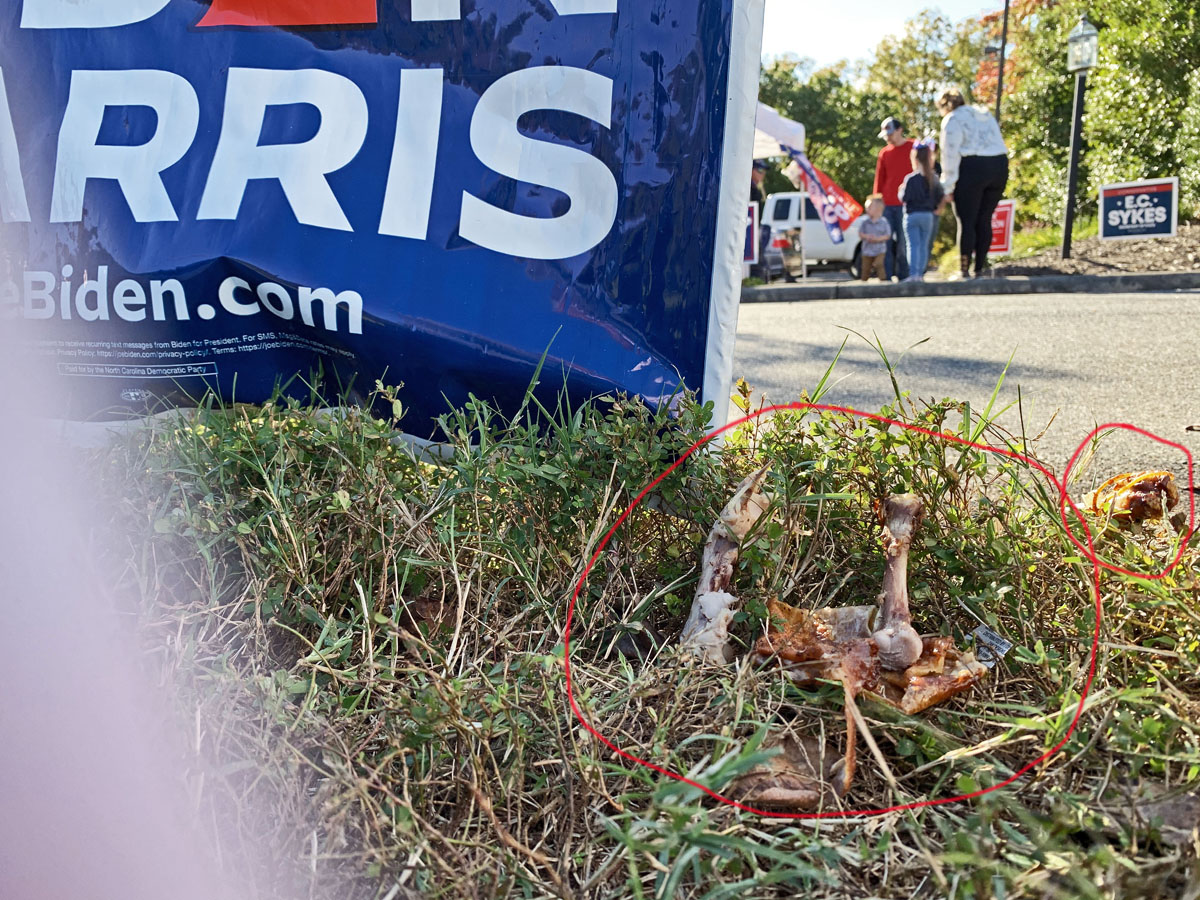
Republican chicken bones under a Biden-Harris sign, King, North Carolina



